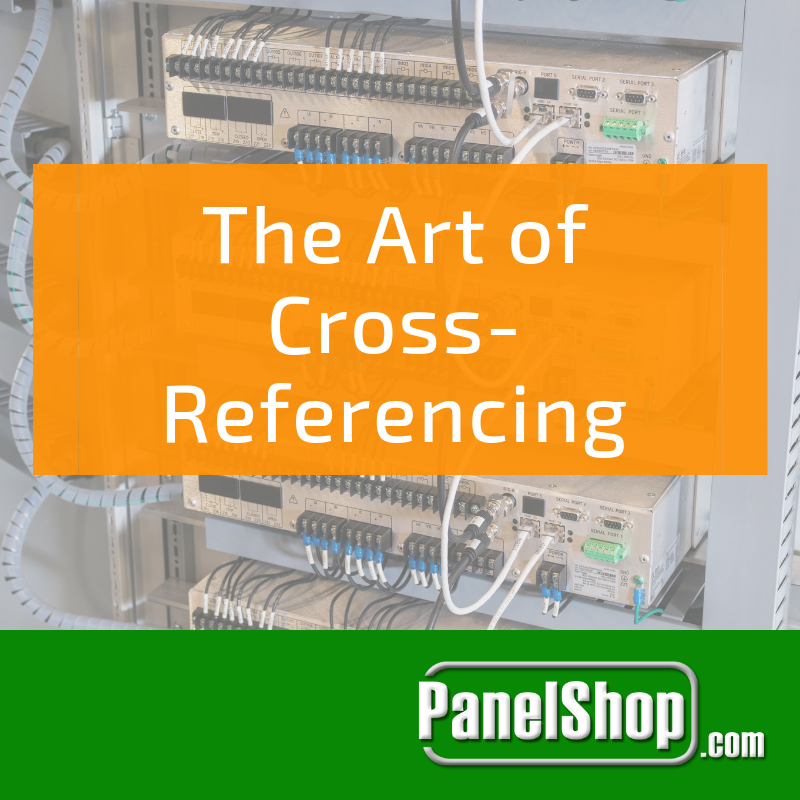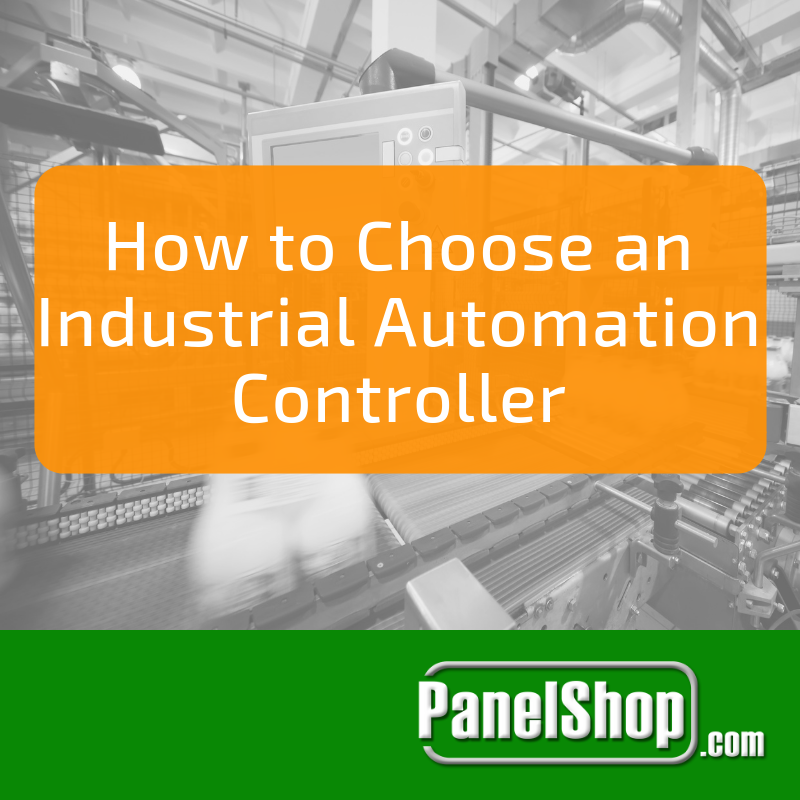.png?width=300&name=PanelShop.com%20Template%20(3).png) A well-designed control panel is highlighted by one word: neatness. Neatness itself can’t be instilled within a control panel and is in fact the by-product of other well-executed aspects of the design process. Here are the top four aspects of good (and neat) control panel design:
A well-designed control panel is highlighted by one word: neatness. Neatness itself can’t be instilled within a control panel and is in fact the by-product of other well-executed aspects of the design process. Here are the top four aspects of good (and neat) control panel design:
Layout
Most control panels have main incoming power switch, generally located on the upper-right corner of the panel. Following this convention, it makes logical sense to have components that have high-voltage ratings placed at the top of the panel. From there on, power distribution can be spread onto components of lower rating. Each group of power distribution components should start off with the main breaker located at the left followed by fuses, terminals and distribution breakers. This keeps distribution groups consistent and easy to diagnose during faults.
PLC and I/O terminals should be placed below the power distribution components. This prevents heat generated from high-amperage components to interfere with sensitive electronic equipment. Moreover, field instrument I/O wiring should be brought in from the bottom of the panel.
Labelling
Labelling should be carried out for every component within the panel, while there should be a specific convention that should be followed to save textual space. For wiring, labelling should be at the end of the wire. For power distribution wiring, the wire should be labelled as per the terminal number to eliminate confusions in later stages. For PLC I/O wiring, wires should be labelled per syntax that corresponds with its specific PLC address.
For components such as power supplies and circuit breakers, standard abbreviations should be used that identify the type of component and the line number.
Panel Sizing
In industrial environments, space is a limiting factor for control panels. Nonetheless, it should be given a priority rather than treated as an optional requirement. There should be generous room for each component depending on its heat-emission characteristics. Additionally, room for expansion should be left as with the passage of time more components may need to be added. Adequate vertical space can help resolve heat dissipation problems and may even eliminate need for external air conditioning units.
Wireway design
The right type and amount of wireway is necessary for good control panel design. The objective is to provide plenty of room for internal panel and field I/O wiring. Wireways must be designed so that termination can be carried out easily. Next, sufficient horizontal room should be left for future expansion when needed.
Wireways that convey field I/O wiring to the respective terminals must have ample spacing, assuming that they will be brought in and terminated at existing I/O terminal. Finally, there must be appropriate labels so that technicians can carry out modifications and/or diagnostic with considerable ease.





